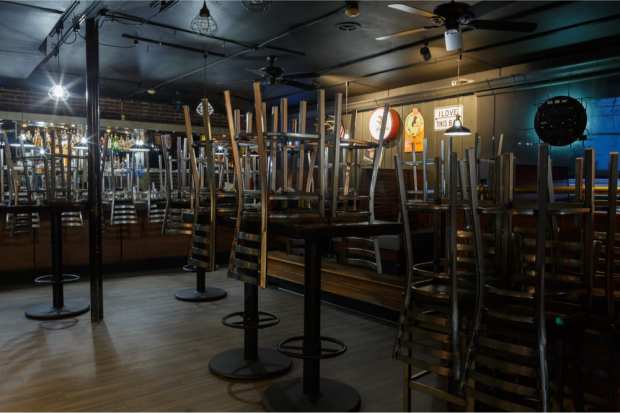For SMBs, What Comes Next After The (Terrible) Unemployment Report?

The number we’ll remember — 14.7 percent, the headline number for April U.S. unemployment — is the one we hope is a peak. But there are indications that a peak has yet to be reached, especially for the small and medium-sized businesses (SMBs) that power the U.S. economy.
As reported Friday (May 8), the economy shed more than 20 million jobs last month and the unemployment rate now stands at 14.7 percent. Roughly 10 years of job gains are now gone and we’re at jobless levels not seen since the Great Depression.
However, the official stats tend to undercount what’s really going on behind the scenes. That’s because the government only counts Americans as “unemployed” if, as CNN reported, they were out of work and actively searched for a new position within the past month. They would also be counted as being “unemployed” if they were on temporary layoff and expected to be recalled to their roles within the next six months.
Those parameters leave a lot of room for undercounting, and the latest data might not give the fullest picture of the toll suffered by SMBs — much less give a hint of what’s to come.
Consider the fact that the statistics from Friday don’t factor in people who work part-time “for economic reasons” and thus were working reduced hours. In addition, the tally doesn’t include people who were out of work but didn’t search for new roles. That might cover a lot of people who were laid off amid lockdown orders and waiting to see if they collect unemployment or whether Paycheck Protection Program (PPP) funds are going to come through and ostensibly cover their wages.
Unemployment was up significantly across several sectors in April, with job losses most acute in leisure and hospitality. Some 7.7 million jobs — or almost half of the total losses for the month — evaporated.
Roughly three quarters of those jobs lost came from food service and bars. This sector offers a microcosm of what might lie on the horizon. Statistics from the National Restaurant Association, as we noted in this space last month, bear out the fact that that vertical is dominated by SMBs. Consider the fact that nine in 10 restaurants have fewer than 50 employees, and as many as seven in 10 restaurants are single-unit operations.
And as for the bigger picture and SMBs that have looked to get PPP loans, the question remains as to what will happen after money advanced from the program runs out. Those funds, of course, are to be allocated to keeping operations running or payroll covered.
Our research shows that 44.6 percent of SMB owners who applied for PPP loans did so to keep their employees on staff and reopen their businesses, while 24.9 percent said they need the money to survive. That survival time is finite, as we know.
Almost 60 percent of SMB retailers surveyed by PYMNTS also said they might not have enough cash on hand to get through the pandemic even with government aid. To get a sense of the mismatch between funds received and funds needed, note that most SMB owners expect the pandemic to last at least 99 days. Yet they estimate the government’s financial aid could keep them open 95 days.
What’s next, then, looks daunting to say the least.
